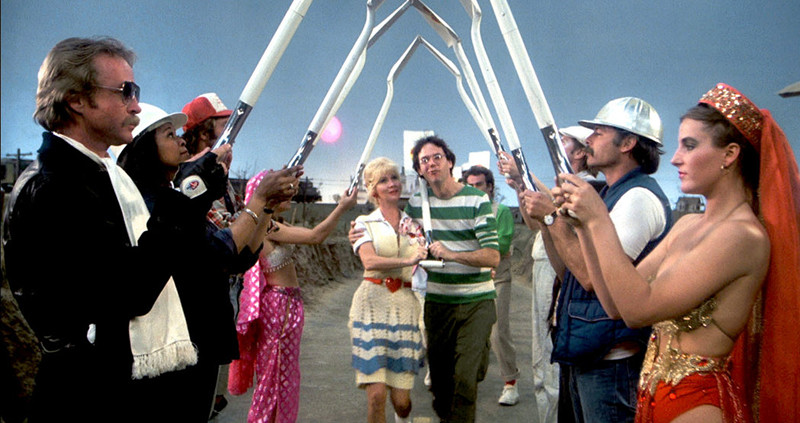
Musicians are an odd sort: the type of drive, creativity, and ambition that pushes a musician to the heights of success are also often accompanied by large egos, a singular vision, and absolute faith in one’s abilities. As in many creative fields, a combination of these traits are often necessary to survive and attain success; but they can also lead to downfall if not reigned in.
This is particularly true when success in one creative field leads the artist to believe their talents can be transferred to another one. Such acts of hubris are not uncommon among musicians and artists, and there have been some bona fide success stories that have come from musicians who have tried their hand at directing.
Rob Zombie, for example, is perhaps better known to younger generations as a horror director than as a musician, and the multi-talented Prince had a few successful turns behind the camera, as well. But generally speaking, just as when actors try to become musicians (as anyone who has had the misfortune to hearing any of Bruce Willis or Eddie Murphy’s music could attest), when musicians try their hand at directing, the results are often…strange.
While there are a few movies on this list that are actually competent, even good, films made by musicians, most of them are either self-indulgent, nonsensical, or just plain bizarre. Perhaps the type of talent that goes into songwriting don’t translate well to the visual medium, or that a songwriter used to telling a story in three minutes doesn’t realize that trying to keep a story going for an hour and a half through dialogue and visuals isn’t the same.
Whatever the case may be, here are 10 very odd movies made by famous musicians that should perhaps stick with working in a recording studio instead of a sound stage.
1. Renaldo and Clara (Bob Dylan)
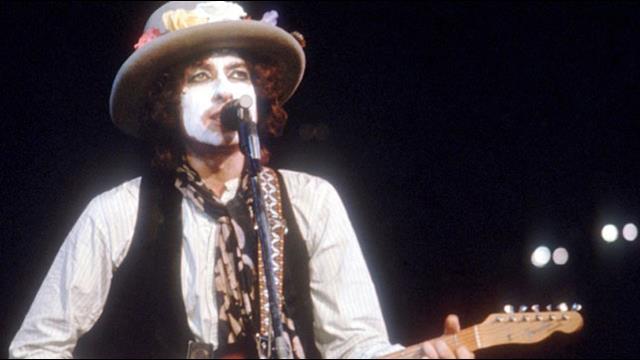
Bob Dylan is one of the most celebrated musicians of the 20th century whose work has influenced seemingly every musician who grew up listening to his music; even his 1960s contemporaries would listen to his records and find inspiration in them. He has released 38 albums over his 57-year career and most recently was awarded the Nobel Prize in Literature for his life’s work. One award that he won’t be winning, however (at least in a non-music category), is an Oscar.
America’s folk hero tried his hand twice at directing a film: the first was a documentary called Eat The Document, about his infamous 1966 tour, when Dylan went “electric,” thereby alienating many of his die-hard folk fans. The second time around behind the camera, Dylan made a mockumentary of sorts.
Set during his 1975 Rolling Thunder tour, the film includes numerous live performances from the legend himself interspersed with a fictional story involving Renaldo (Dylan) navigating his life as a touring musician and how it negatively affects his relationship with a woman (Clara, who was played by Dylan’s wife at the time). The film also features small parts for numerous actors and writers, including Sam Shepard, Harry Dean Stanton, and Allen Ginsberg.
The performance portions of the film are fantastic, as it captures Dylan and his ever-growing band on one of his finest tours; the fictional portions, however, leave much to be desired, as many of the characters are mostly being played by non-professional actors (Dylan himself seems uncomfortable in these sections).
The film is also edited in an impressionistic, non-linear manner, where scenes jump from performances to backstage banter to the fictional plot and back again in an impressionistic, almost stream-of-consciousness manner. By far the most problematic issue with the film is its length: its original cut was four hours long.
Widely derided by critics and dismissed by fans in the US upon its release in 1978 (after Dylan spent two years editing over 110 hours of footage), it fared better in international markets. To this day there hasn’t been an official release of the film, perhaps due to Dylan’s own resentment of its reception (reportedly he was very proud of his efforts and the criticism wounded his ego). He hasn’t tried his hand at directing since.
Widely available on the bootleg market, as a film Renaldo and Clara is a long, jumbled mess but a treat for die-hard Dylan fans who will appreciate the performances and can read it as a revealing peek inside the American master’s mind.
2. Christmas On Mars (Flaming Lips’ Wayne Coyne)
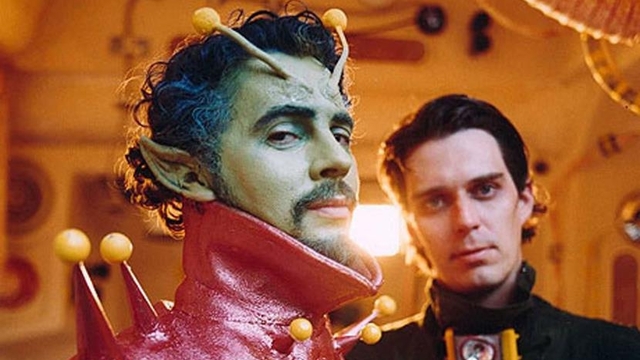
Psychedelic rock band The Flaming Lips are a band known for their showmanship: their live performances are spectacles that incorporate video projection, costumes, complex staging, and confetti, among other amusing elements. So when they entered the world of filmmaking, their penchant for the overblown and dramatic bled into their first (and so far, only) film, Christmas On Mars.
The film has a simple enough premise: on the newly colonized Mars, the Major in charge tries to organize a Christmas pageant to celebrate the first year of humans on Mars and the birth of the first child on the red planet. Along the way, an actual Martian finds his way among the colonists, who ends up becoming the first Santa Claus on Mars.
This strange film was produced by the band and written and directed by lead singer Wayne Coyne, who plays the Martian. The band members play the other characters, and Fred Armisen and Adam Goldberg also appear in the film.
Shot both in black and white and color, Christmas On Mars is a weird (and frankly amateurish) movie that doesn’t take itself too seriously, instead coming across as a high-budget home movie than a proper film. Available on DVD, with deluxe editions that include the soundtrack on The Flaming Lips’ website, it’s a singular attempt at creating a sci-fi Christmas movie made by a singular band.
3. 200 Motels (Frank Zappa)
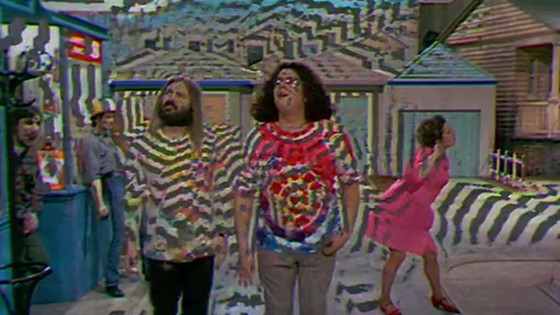
Frank Zappa was always interested in making movies: his filming and editing concert performances of various iterations of his band, along with producing interstitial materials to link the songs together, led to no less than 8 releases of documentary and concert films directed by the avant garde musician during his lifetime. However, his most concentrated effort in making a true “film” was 1971’s 200 Motels.
Focusing on (what else?) life on the road for a touring band, Zappa enlisted his band, The Mothers of Invention, along with appearances by Ringo Starr and Keith Moon, to portray a series of vignettes of the band’s life on the road, which include wandering around a square town called Centerville, where they are harassed by rednecks, and the dilemma of the bassist of the band who’s grown tired of playing “comedy music.”
As a film, it’s an unbelievable mess: as with many Zappa-produced films, the disjointed narrative is interspersed with live performances of the band, and much of the editing and special effects come across like a hyperactive film student testing out every possible technique they can think of while in an editing bay. For a Zappa fan it’s an interesting curio, but otherwise it barely qualifies as a film.
4. All My Friends Are Funeral Singers (Califone’s Tim Rutili)
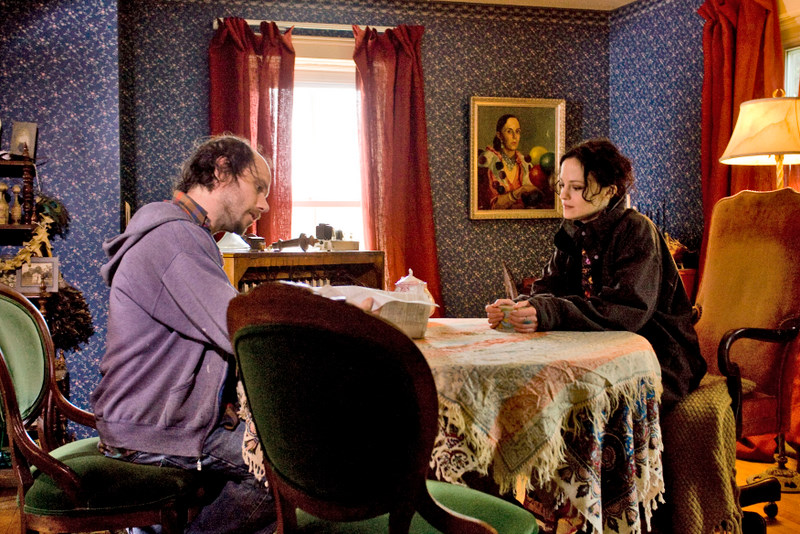
A young psychic inhabits a house full of ghosts, who help her as she throws tarot for clients and helps them contact deceased relatives. The ghosts are seemingly trapped in the house, thanks to her grandmother, of whose business and house she has inherited. The ghosts are interviewed by an unseen interviewer as to how they came to their present state while another group of ghosts (the band members of Califone) play music in another room.
You’d think this would make for an interesting movie, but that’s where you’re wrong:, despites its intriguing premise, it’s a rather flat and uninteresting film. Worse, the acting is flat and the screenplay is simultaneously overwrought and cliche.
Written and directed by Tim Rutili, the frontman for the band Califone, while fans of the band may find the film an interesting curiosity–and to be fair, the music in the film is rather good (an accompanying album was released with the film)–it’s not a promising debut from a musician who probably shouldn’t quit his day job.
5. The Man With the Iron Fists (RZA)
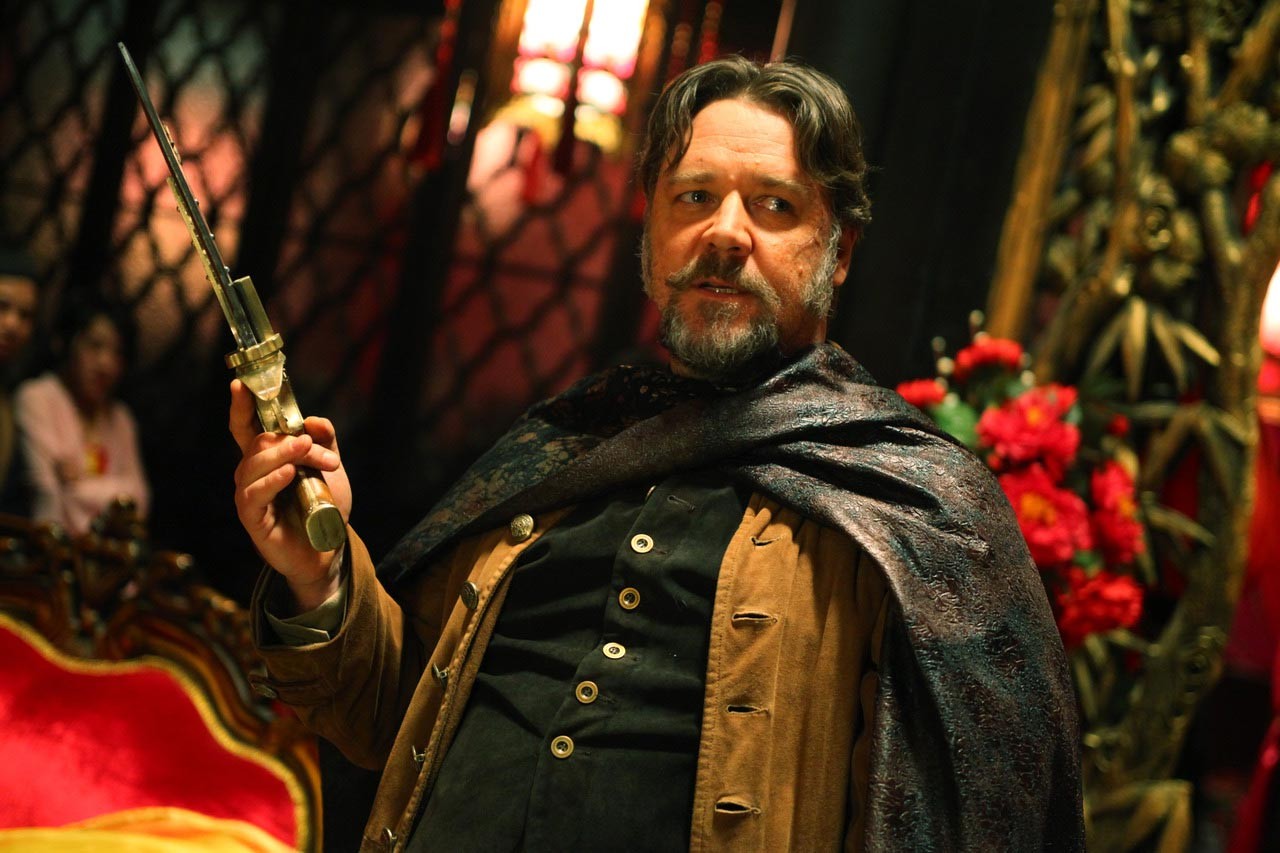
Wu-Tang Clan is one of the more eclectic and successful rap groups in history: with a long-spanning and varied career, they are often cited as one of the most influential rap groups in history. For a band with so many members with varied interests, it almost seemed inevitable that one of them would eventually make a foray into filmmaking. And so it came to be, with RZA–the leader and producer of the Wu-Tang Clan–directing his first feature film in 2012.
Already having acted in several films, including Coffee and Cigarettes, Funny People, and Repo Men, RZA made his directorial debut with The Man In The Iron Fists.
Co-written with Eli Roth, RZA stars in this martial arts film as a blacksmith who forges weapons for the warring clans of the region, hoping to buy his lover’s freedom from the local brothel. A large gold shipment has been stolen from a neighboring village, whose Clan leaders were assassinated by weapons the blacksmith had forged, and the shipment is now being brought to the blacksmith’s town.
Meanwhile, a mercenary named Brass, whose skin is impenetrable to weapons, arrives in the town to assassinate Zen-Yi, the surviving son of the Clan leader of the neighboring town. Out of penance for creating the weapon that killed Zen-Yi’s father, the blacksmith creates an alliance with him. When the gold arrives in town, violence breaks out among warring factions, and during an interrogation over whether he’s aiding Zen-Yi, Brass cuts the blacksmith’s forearms off.
The blacksmith is then fitted with iron forearms, which he controls with mystical powers that he learned from monks when he first arrived in China after escaping slavery in America. Conspiring with Zen-Yi and the local brothel’s owner, the blacksmith–now The Man With the Iron Fists–enact a plot to destroy the warring clans and take his revenge on the mercenary Brass.
If that plot sounds somewhat overcooked, understand that this summary only covers about half of what happens in the film. RZA wrote, directed, and stars in The Man With the Iron Fists, his earnest attempt to create a unique and genuine kung fu genre picture.
The results are uneven, with a convoluted storyline and somewhat flat direction, but it also features solid performances, an attention to detail in the set design and costumes, and solid action set pieces. For a first-time director, RZA made a film that was produced and distributed by a major studio and features well-known actors such as Russell Crowe and Lucy Lui. Unlike most of the musicians featured in this list, RZA may have a second career as a director yet.